Hola amig@s de Hive, en esta ocasión les hablaré acerca de una especie de pez marino que por su belleza y colores cterísticos es muy conocido en todo el mundo; tanto que ha sido fuente de inspiración en la realización de largometrajes, me refiero al Pez Payaso.
Hello friends of Hive, this time I will tell you about a species of marine fish that for its beauty and cteristic colors is well known around the world, so much so that it has been a source of inspiration in the making of feature films, I am referring to the Clown Fish.
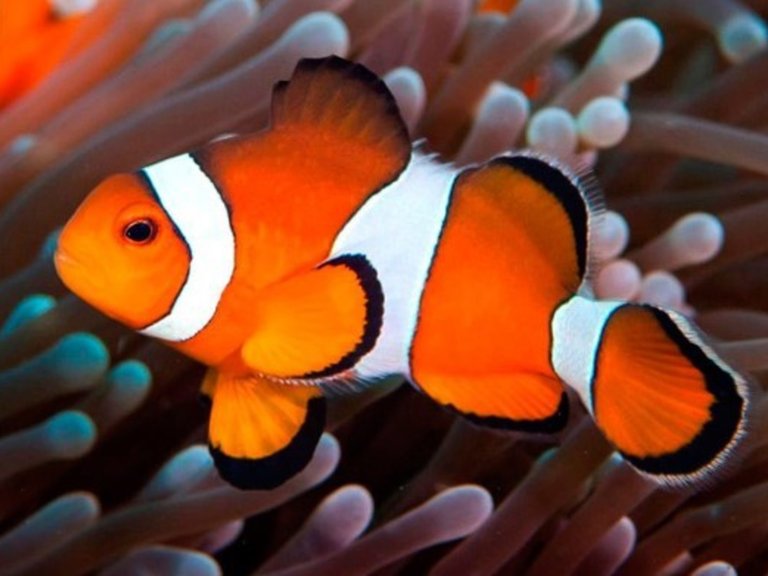
Foto tomada de Clarin.com/Photo taken from Clarin.com
El Pez Payaso (también conocido como Pez Anémona) habita en las grietas del sustrato rocoso de las costas o arrecifes de coral en las aguas cálidas tropicales (a profundidades no mayor de 60 metros) de los Océanos Pacífico e Índico.
Clownfish (also known as Anemonefish) inhabit the crevices of the rocky substrate of coastal or coral reefs in the warm tropical waters (at depths of no more than 60 meters) of the Pacific and Indian Oceans.
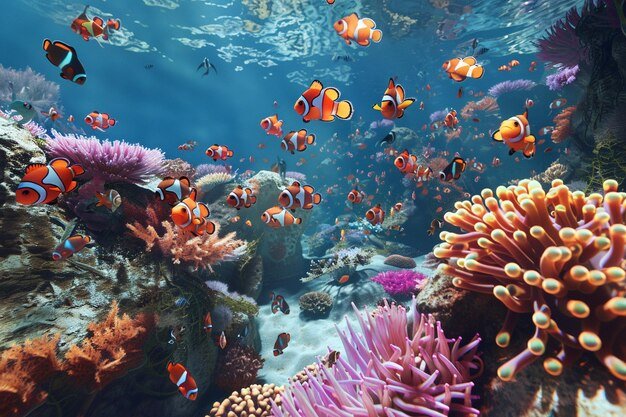
Foto tomada de Freepik/Photo taken from Freepik
Se caracteriza por su pigmentación variada (naranja, rojizo, amarillo, negro o rosado pardo) dependiendo de la especie, su cuerpo está atravesado regularmente por tres franjas verticales al cuerpo. Este singular pez llega a alcanzar alrededor de 16 centímetros de longitud (las hembras son más grandes que los machos); su tiempo de vida oscila entre 4 y 6 años, se alimenta de algas, zooplancton, pequeños moluscos y crustáceos.
Tiene una membrana mucosa (que lo hace inmune a la picadura de la anémona) que cubre sus escamas.
It is characterized by its varied pigmentation (orange, reddish, yellow, black or brownish-pink) depending on the species, its body is regularly crossed by three vertical stripes to the body. This unique fish can reach about 16 centimeters in length (females are larger than males); its life span ranges from 4 to 6 years; it feeds on algae, zooplankton, small mollusks and crustaceans.
It has a mucous membrane (which makes it immune to anemone stings) covering its scales.
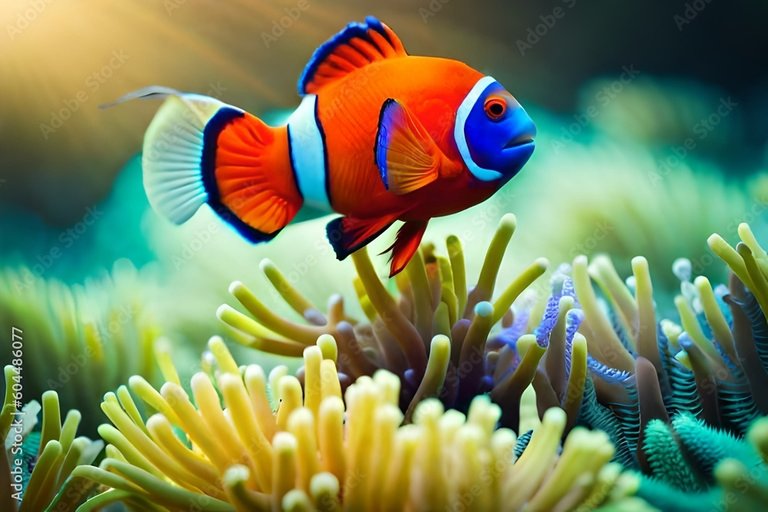
Foto tomada de Microscopio.pro/Photo taken from Microscopio.pro
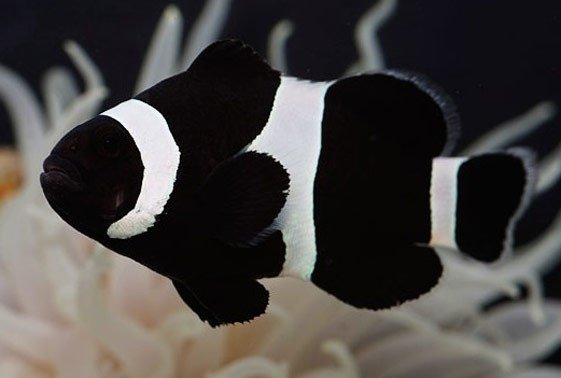
Foto tomada de Coral Salvaje/Photo taken from Coral Salvaje

Foto tomada de Faunia/Photo taken from Faunia
Por lo general vive en conjunto con las anémonas ya que estas le brindan protección contra los depredadores, y este beneficia a dicha anémona protegiéndola (del pez mariposa, uno de sus depredadores naturales) y limpiándola (de restos de comida y de parásitos que pudieran afectarla).
Son ovíparos y hermafroditas protándricos (todos los alevines son machos y pueden cambiar de sexo al llegar a su madurez).
Este pequeño pez es muy territorial (y en determinadas ocasiones puede ser muy agresivo).
It usually lives together with the anemones because they provide protection against predators, and it benefits the anemone by protecting it (from butterflyfish, one of its natural predators) and cleaning it (from food debris and parasites that could affect it).
They are oviparous and protandric hermaphrodites (all fry are male and can change sex at maturity).
This small fish is very territorial (and on certain occasions can be very aggressive).
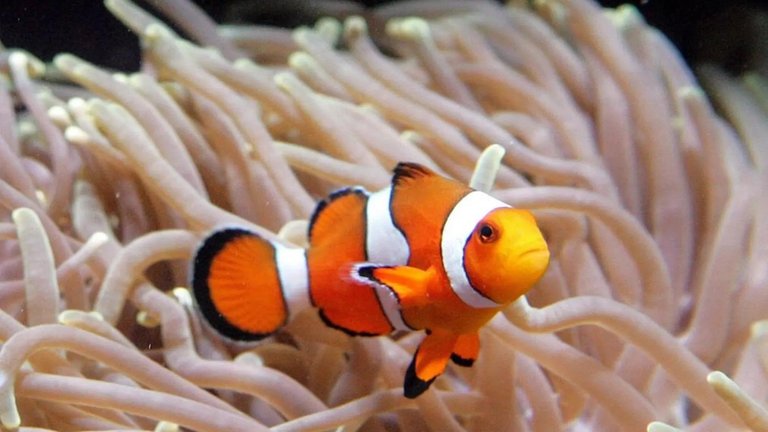
Foto tomada de La Razón/Photo taken from La Razón
Hasta la próxima!!!/See you next time!!!.
Saludos desde Cuba/Greetings from Cuba.
Traducido por DeepL App/Traduced by DeepL App.
Congratulations @cordovi! You have completed the following achievement on the Hive blockchain And have been rewarded with New badge(s)
Your next target is to reach 40 posts.
You can view your badges on your board and compare yourself to others in the Ranking
If you no longer want to receive notifications, reply to this comment with the word
STOPBeautiful ornamental fish
Yes, they are very beautiful